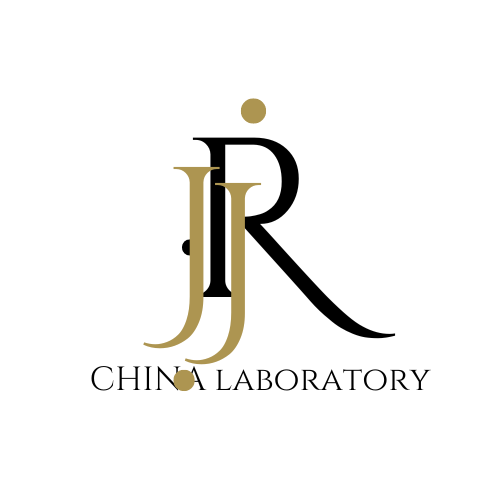
Guide to Compliance Certification for IVD Devices
In Vitro Diagnosis (IVD) refers to obtaining clinical diagnostic information by testing human samples (blood, body fluids, tissues, etc.) outside the human body, which helps determine diseases or assess bodily functions. IVD provides comprehensive and multi-level diagnostic information, significantly influencing clinical treatment plans and holding substantial application value and clinical significance.
Currently, IVD devices are widely used in clinical laboratories, point-of-care testing, and self-testing. Manufacturers aiming to enter the global market must comply with relevant standards and obtain necessary certifications in each country. This guide provides an overview of IVD market access requirements both domestically and internationally.
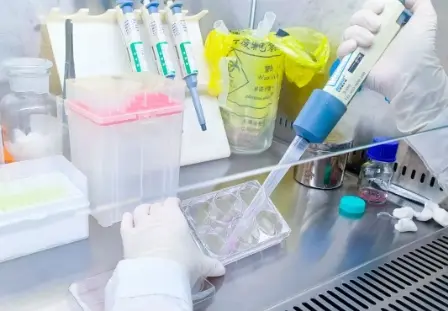
Market Access Requirements in China (NMPA)
In China, IVD devices are classified by risk level into Class I, II, and III, each requiring different regulatory procedures:
- Class I: Filing with the municipal medical products administration.
- Class II: Registration with the provincial administration.
- Class III: Registration with the National Medical Products Administration (NMPA).
Required documentation includes technical files, clinical evaluations, and quality management system records. Products must also comply with applicable national (GB) and industry (YY) standards such as:
- GB/T 42125.1
- GB/T 42125.2
- YY 0648
- GB/T 18268.1
- GB/T 18268.26
Market Access Requirements in the EU
For devices targeting the EU market, compliance with the In Vitro Diagnostic Regulation (IVDR) (EU) 2017/746 is required.
- IVDs are categorized into Classes A, B, C, and D according to Annex VIII of IVDR.
- Class A devices do not require a Notified Body; Classes B–D do.
Devices must meet safety and EMC standards, including:
- EN IEC 61010-1
- EN IEC 61010-2-101
- EN IEC 61326-1
- EN IEC 61326-2-6
Market Access Requirements in the United States
For the U.S. market, IVD devices must follow FDA regulations, such as:
- 21 CFR Part 809 for IVDs
- Assessment for 510(k) exemption
- FDA registration and clearance/approval
Applicable safety and EMC standards include:
- IEC 61010-1
- IEC 61010-2-101
- IEC 61326-1
- IEC 61326-2-6
- fcc part 15B
If used in occupational settings like hospitals, the device must also meet OSHA's 29 CFR 1910 requirements and obtain NRTL certification, based on:
- UL 61010-1
- UL 61010-2-101
NRTL certification is often scrutinized by insurance bodies and Authorities Having Jurisdiction (AHJ).
International cb certification Requirements
If the target sales region is not yet defined, manufacturers are advised to first pursue CB certification to enable faster certification transfer globally.
Under the IECEE CB Scheme, IVD devices are evaluated against the following standards:
- Safety:
- IEC 61010-1 (General safety for lab electrical equipment)
- IEC 61010-2-101 (Specific to IVD devices)
- IEC 61010-2-010 (For devices with heating elements)
- IEC 61010-2-020 (For centrifuge-equipped devices)
- IEC 60825-1 (Laser safety)
- IEC 62471 (Photobiological safety of lamps)
- Electromagnetic Compatibility:
- IEC 61326-1 (General EMC for lab devices)
- IEC 61326-2-6 (Specific EMC for IVD devices)
The IECEE CB Scheme facilitates mutual recognition of test results across over 50 countries and 70+ certification bodies. A single cb test Certificate and report can be used to apply for national certifications in other member countries.
JJR Laboratory in China, as one of the few labs capable of offering both domestic registration and CB reports, provides precise, one-stop services for a wide range of medical devices. Manufacturers can concurrently pursue registration in China (NMPA), Europe (CE), and the U.S. (FDA), securing early market entry. Contact us for customized one-on-one professional service plans.
Email:hello@jjrlab.com
Write your message here and send it to us
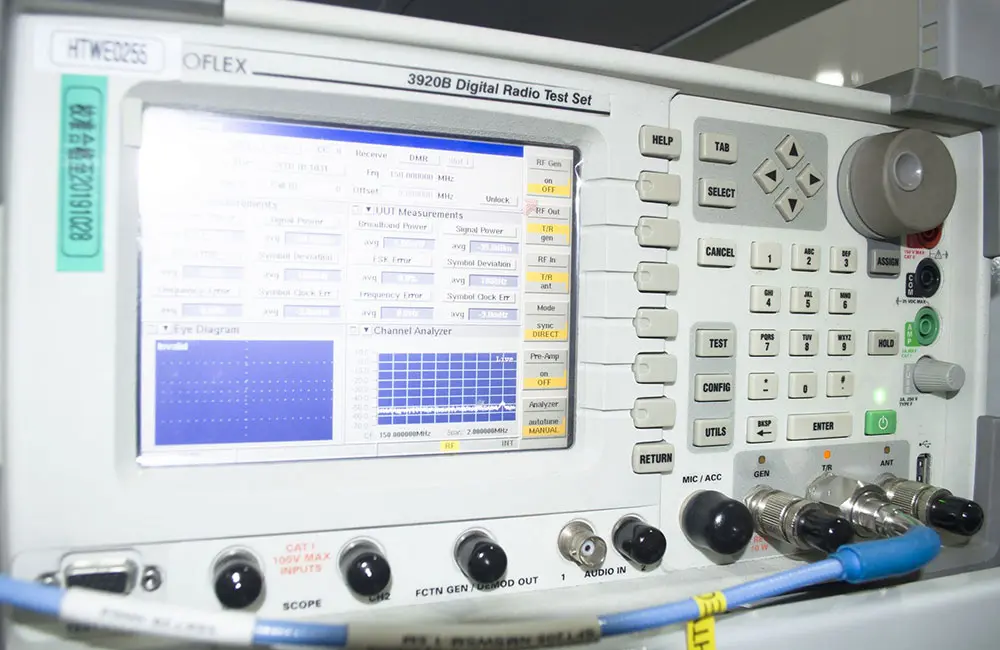 Malaysia IPv6 Testing
Malaysia IPv6 Testing
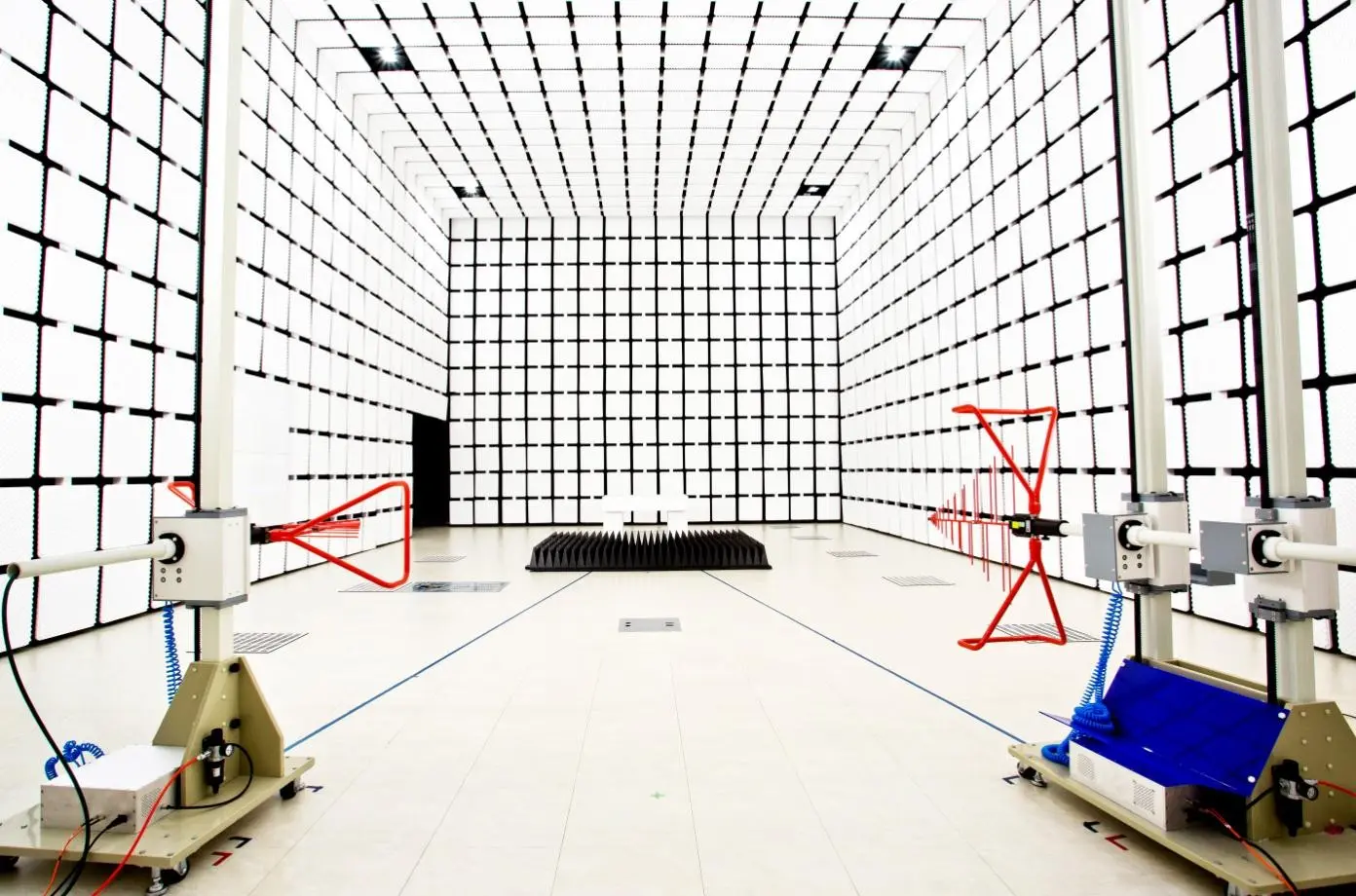 A Detailed Introduction to the EU EN 18031 Standar
A Detailed Introduction to the EU EN 18031 Standar
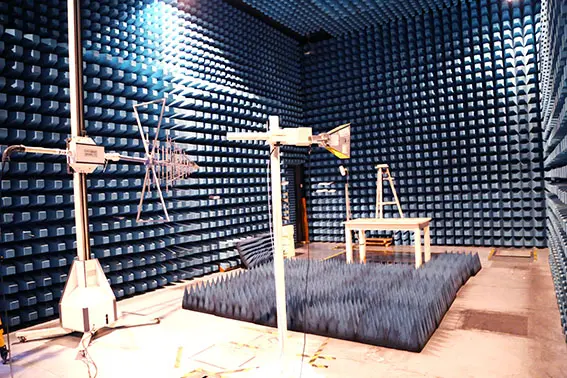 Is EN 18031 Cybersecurity Compliance Mandatory?
Is EN 18031 Cybersecurity Compliance Mandatory?
 How to Obtain EU CE Certification for Toys?
How to Obtain EU CE Certification for Toys?
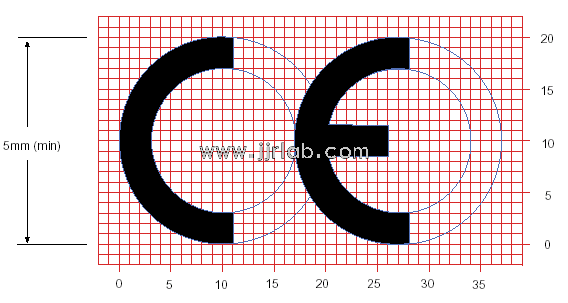 How to get CE Certification for Electronic Electri
How to get CE Certification for Electronic Electri
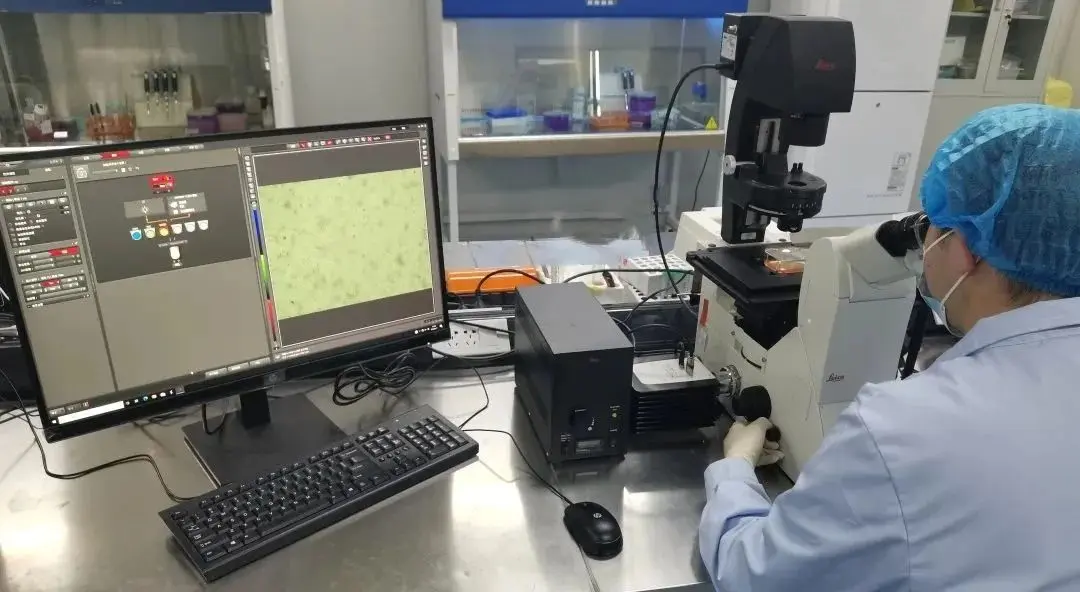 ISO 10993-23 Irritation Testing
ISO 10993-23 Irritation Testing
 Guide to Compliance Certification for IVD Devices
Guide to Compliance Certification for IVD Devices
 Biocompatibility Testing for Passive Medical Devic
Biocompatibility Testing for Passive Medical Devic
Leave us a message
24-hour online customer service at any time to respond, so that you worry!
